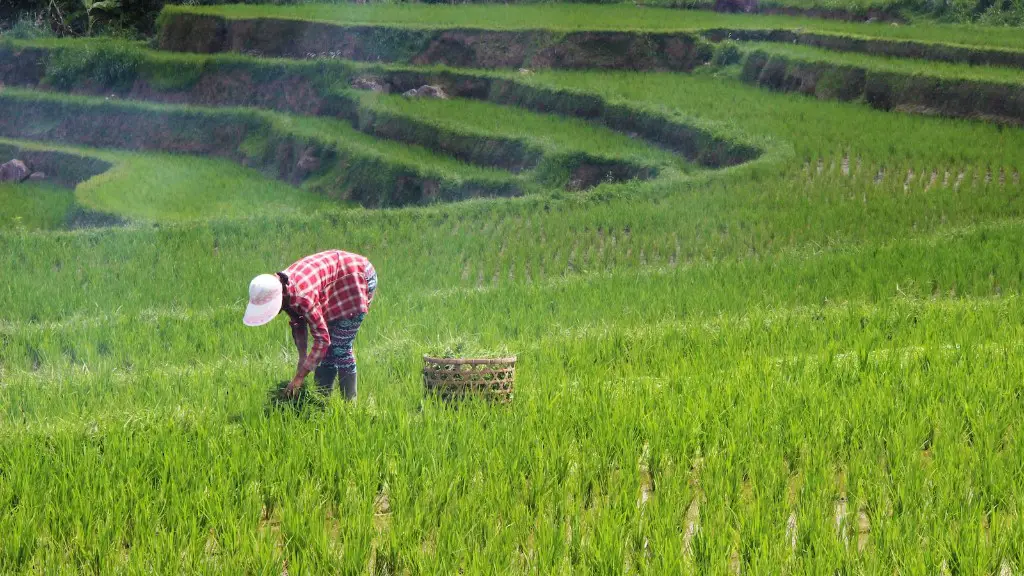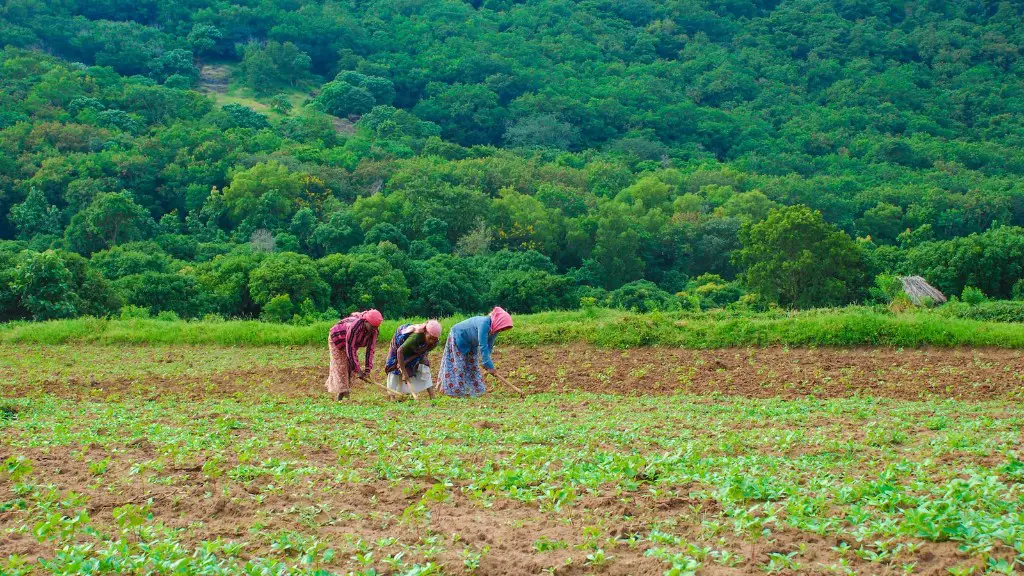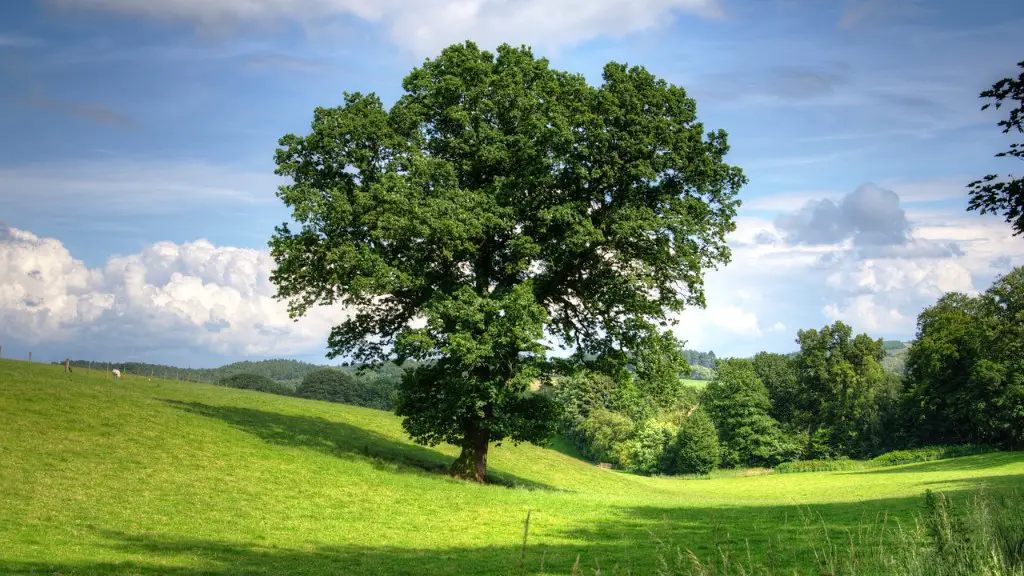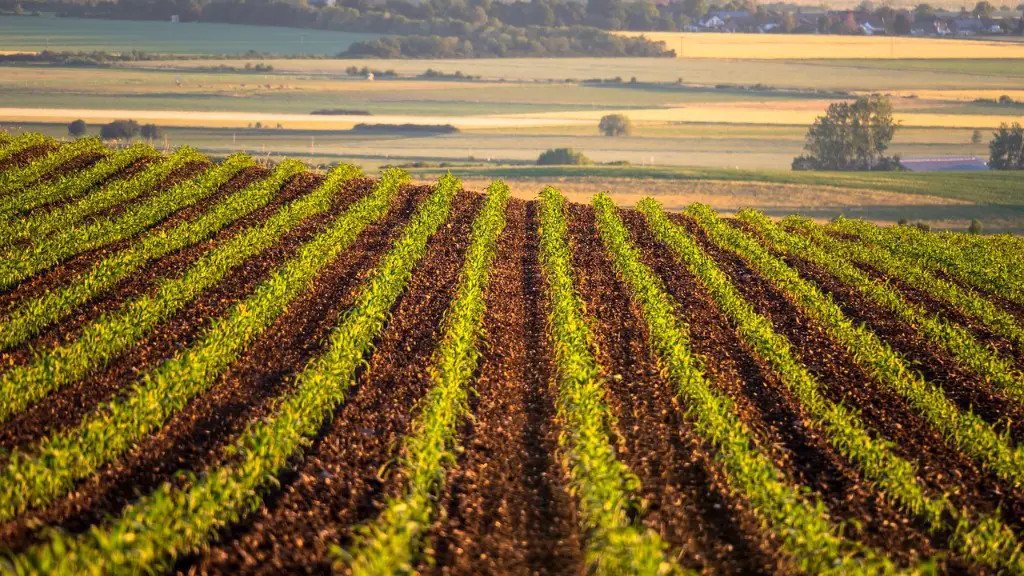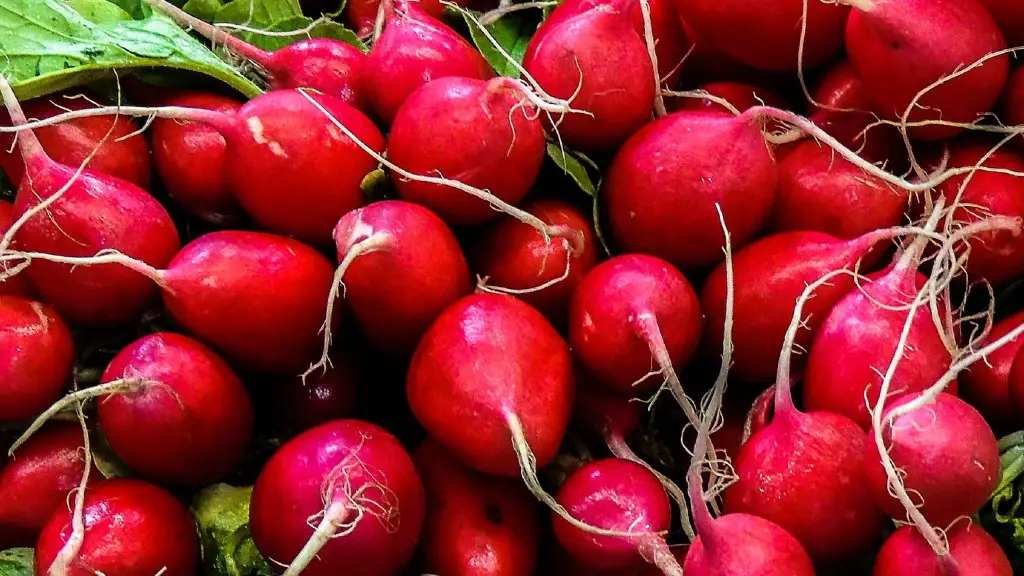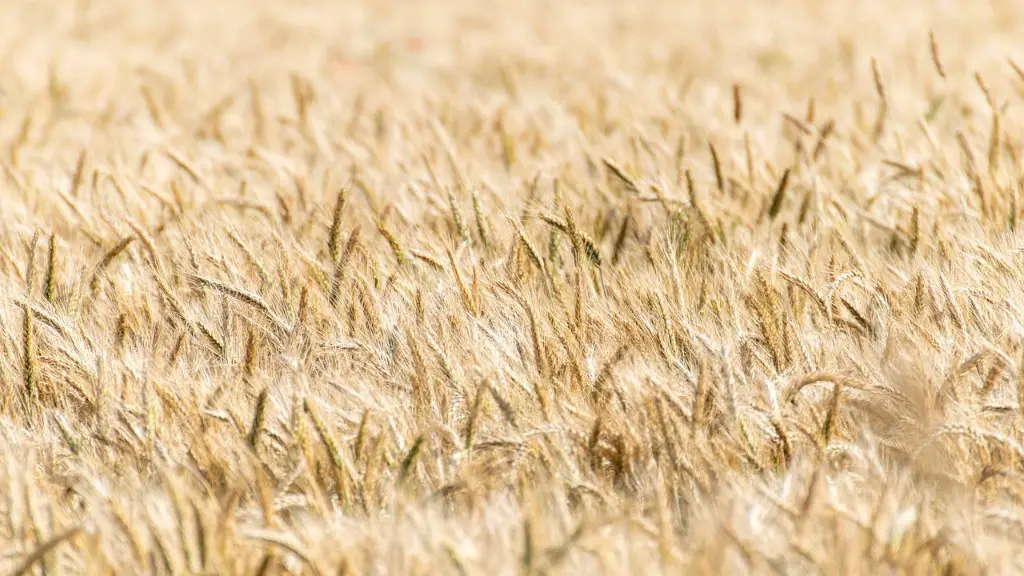Before the dawn of civilization, humans were hunter-gatherers. They roamed the earth in small bands, following herds of animals and eating whatever plants they could find. Then, about 10,000 years ago, something extraordinary happened: One group of humans, in what is now the Middle East, began to domesticate plants and animals. This discovery led to the birth of agriculture—and eventually to the rise of civilization itself. Agriculture allowed for the growth of cities and the rise of civilizations because it made it possible for people to settle down and live in one place. By domesticating plants and animals, early farmers were able to produce food more efficiently and dependably. This allowed them to give up their nomadic lifestyle and settle into permanent villages and towns. Permanent settlements, in turn, led to the rise of complex civilizations.
There is no one answer to this question as there is evidence of early agriculture practices throughout the world. One theory is that early humans began to domesticate plants and animals, which led to the development of agriculture.
Where was agriculture first discovered?
The Fertile Crescent is a region in the Near East that includes parts of modern-day Iraq, Syria, Lebanon, Israel and Jordan. Agriculture is thought to have originated in a few small hubs around the world, but probably first in the Fertile Crescent. This region was especially suited for agriculture due to its ample rainfall and fertile soils. The Fertile Crescent was also the home of early civilizations such as the Sumerians and the Babylonians.
Norman Ernest Borlaug was an American agricultural scientist and humanitarian. He is considered by some to be the “father of modern agriculture” and the father of the green revolution. He won the 1970 Nobel Peace Prize for his life’s work.
Borlaug was born in 1914 in Cresco, Iowa. He was the son of a farm family of Norwegian descent. He graduated from the University of Minnesota in 1937 with a degree in forestry.
Borlaug began his career as a plant pathologist. He worked in the United States Department of Agriculture (USDA) Forest Service in the 1940s. In 1944, he joined the faculty of the newly created Rockefeller Foundation-funded International Maize and Wheat Improvement Center (CIMMYT) in Mexico.
Borlaug’s work at CIMMYT led to the development of high-yielding, disease-resistant wheat varieties. These varieties were instrumental in the Green Revolution of the 1960s and 1970s, which increased wheat production worldwide and helped to avert global famine.
Borlaug later worked as a consultant to the Food and Agriculture Organization (FAO) of the United Nations and as a professor at Texas A&M University. He continued to
When was the agriculture invented
The development of agricultural communities changed the way humans lived and allowed for the growth of civilizations. Agriculture allowed for the domestication of plants and animals, which led to the development of stable communities. Families were able to settle down and transition from a nomadic lifestyle to a more settled one. This change in lifestyle allowed for the growth of civilizations.
The Fertile Crescent was one of the earliest regions to develop farming, but it was not the only one. Archaeologists now believe that farming was independently “invented” in at least 11 different regions, from Central America to China. This shows that the ability to farm is not limited to any one region or people, but is something that can be learned and developed by anyone.
How did early man discover agriculture?
Farming was a game-changer for early humans. Not only could they control their food sources by growing plants and raising animals, but they could also settle in one place instead of constantly moving around to find food. This led to the development of civilizations and the growth of human knowledge and culture.
The study shows that women were a driving force behind the development of agriculture during its earliest 6,000 years in Central Europe. This is an important finding as it provides new insight into the role of women in the development of this important field. The study also has implications for our understanding of the history of agriculture and the role of women in its development.
Who is first in agriculture in the world?
China is a country with a lot of arable land, and they use that land to feed a lot of people. They have 7% of the world’s arable land, and with that, they feed 22% of the world’s population. That is a lot of people, and it shows that they are doing something right. Keep up the good work, China!
The agricultural revolution was a profound change in the relationship between fully modern humans and their environment. For the first time, people began to domesticate plants and animals, and to live in permanent settlements. This transformation had a profound impact on human society, and led to the development of civilizations.
Who is the king of agriculture
Franklin Hiram King is best remembered for his first-hand account of traditional agricultural practices in Asia, now regarded as an organic farming classic text. King was a fields agricultural scientist who documented many different aspects of farming throughout his career. His work is still highly regarded today and his legacy continues to influence the world of agriculture.
Farming played a significant role in the development of civilizations. It allowed for the growth of cities and the rise of civilizations. Agriculture allowed for the domestication of plants and animals, which led to the development of civilizations. The first farms were likely located in the Fertile Crescent, where the world’s first civilizations developed. Agriculture allowed for the growth of cities and the rise of civilizations. It also allowed for the domestication of plants and animals, which led to the development of civilizations.
What is the oldest crop?
Lentils have been an important part of human history for over 13,000 years. Today, we add lentils to tasty stews, soups and salads, but in ancient times, lentils were essential for establishing modern societies. Lentils are a good source of protein and other nutrients, and they are easy to grow and store, making them an important food for early civilizations. Lentils have also been found in many ancient archaeological sites, including in the Middle East, Europe and Asia.
There is no doubt that women have played a key role in the development of agriculture. It is believed that agriculture was invented by women, and the women of preagrarian societies had a great deal of knowledge about plants and how they grow. This knowledge was passed down from generation to generation, and it played a vital role in the development of agriculture. Today, women continue to play a key role in agriculture, and their knowledge and experience are essential to the success of the sector.
Did humans invent farming
It is interesting to note that the new study suggests that multiple groups of people in the Fertile Crescent started agriculture, and these groups were genetically distinct from one another. This discovery provides new insights into the origins of agriculture and the people who started it.
Harriet Williams Russell Strong was a leading commercial grower of walnuts in the United States. She was also an inventor, agricultural pioneer, civic leader, philanthropist, and advocate for women’s rights and education. Strong was a driving force behind the development of irrigation and water conservation in the American West, and she was instrumental in the passage of the landmark National Water Resources Act of 1922. She was also a tireless advocate for women’s rights, and she played a key role in the formation of the National Association for the Advancement of Colored People (NAACP). Strong was a true visionary and her work has had a lasting impact on the American landscape.
What was the first crop grown by humans?
Although early humans cultivated a number of different crops, wheat and barley were some of the first. These crops were likely chosen because they were easy to grow and provided a good source of sustenance. Over time, wheat and barley became staples in many human cultures, and continue to be important crops today.
Hunter-gatherer cultures have existed for thousands of years and were the only way of life for humans until the advent of agriculture. These cultures typically forage or hunt for food, and are often nomadic. Hunter-gatherers have unique perspectives and skillsets that can offer valuable insights into human history and the natural world.
Why did early humans turn to agriculture
scientists have believed our ancestors took up farming some 12,000 years ago because it was a more efficient way of getting food. This may have been true at the time, but recent studies suggest that there may have been other factors at play as well. For example, a change in the climate may have made farming more necessary, or a decline in the availability of game may have driven our ancestors to seek out other food sources. Whatever the reason, it’s clear that farming was a significant step in human history, and one that has had a profound impact on the way we live today.
Climate change and overhunting are two of the main reasons why we can’t rely on wild food sources. Climate change has made it too cold or too dry for many plants and animals to survive, and overhunting has pushed some species to extinction. This has led to a shortage of food, which has forced humans to settle down and practice agriculture.
Final Words
There is no formally accepted answer to this question. Various regions around the world have been credited with independently developing agriculture at different points in history.
The discovery of agriculture was a turning point in human history. It allowed for the domestication of plants and animals, which led to the development of civilizations. Agriculture has had a profound impact on the world, and it is responsible for the food we eat today.
